The challenges and opportunities facing commercial and industrial companies
Established commercial and industrial (C&I) bulk energy buyers are driving competition for long-term power supplies, particularly for renewables
Navigating power demand growth
Profound changes in electricity demand, the location of manufacturing activity and technology are all driving corporate power procurement plans. Established buyers, such as large retail companies and EPCs, face growing competition for PPAs (power purchase agreements) from energy-intensive battery, chip and solar manufacturers.
Big Tech companies, such as Google, Meta and Amazon, are signing PPAs to cover a growing proportion of their power needs for data centres that provide AI and cloud computing services.
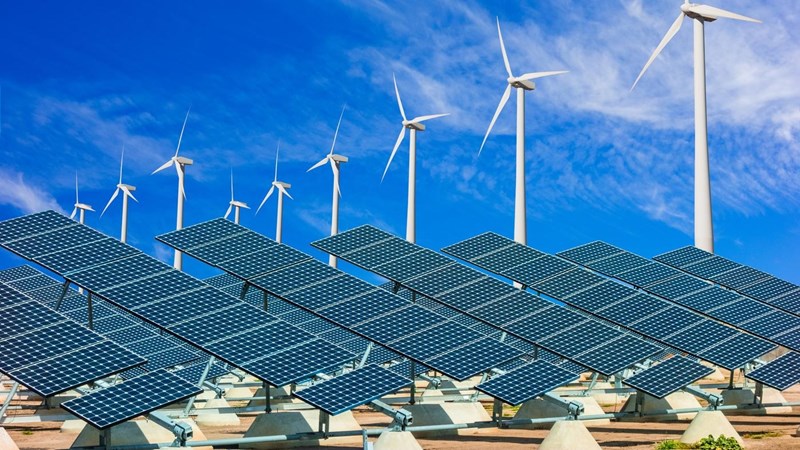
The race is on
Onshoring will also increase competition for PPAs (power purchase agreements). Particularly in the US, manufacturing tax credits and tariffs are encouraging high-energy producers to relocate manufacturing capacity. At the same time, the outsourcing of manufacturing capacity from China will boost interest in long-term power deals in Southeast Asia.
The race is on for corporates to secure electricity deals, with growing interest in 100% clean energy procurement increasing competition for solar, wind and storage capacity. Advanced nuclear plants, such as SMRs, potentially offer new sources of supply, although with longer timelines.
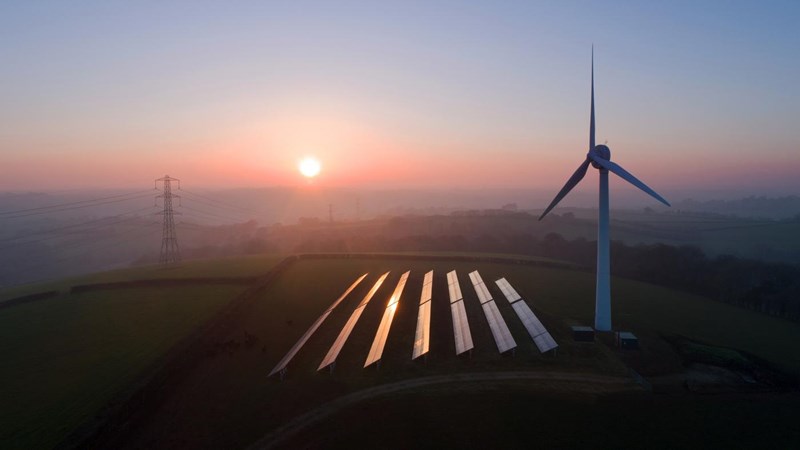
The key challenges facing commercial and industrial companies
A growing number of corporates are competing for PPAs, many to support 100% 24/7 clean energy strategies. The slow build-out of capacity means that companies are keen to enter into agreements with suppliers as quickly as possible.
Electricity prices can benefit from falling power component prices, particularly in the solar industry, but the growing use of tariffs could reduce the benefits. At the same time, some PPAs have been cancelled by developers because of big price rises on steel and other inputs, such as on US offshore wind in 2023-24. It may therefore become more common to index PPAs to inflation or interest rates.
Growing enthusiasm for 100% 24/7 carbon free energy is driving interest in granular certificates. Rather than merely procuring clean energy equivalent to their consumption, whenever it is produced, some corporates have pledged to cover all of their consumption with clean energy purchases. This will require granular procurement – buying electricity equivalent to their consumption for every hour of the day – with likely benefits for energy storage, pumped hydro and SMRs.
The C&I segment of the solar market is growing rapidly as corporates look to control their own power production. The global C&I solar sector was worth $57.1 billion in 2023, with annual growth of 6.4% forecast over 2024-32. Deploying solar modules on or near commercial property also enables the owners to sell power back into most grids. However, knowledge is key.
Corporates need to diversify their sources of power supply to minimise costs and reduce risk. This applies to concluding PPAs with a range of suppliers but also combining PPAs with onsite power production.
Achieving 24/7 100% clean energy goals is likely to require more focus on battery storage now and long duration energy storage in the future. This means growing competition for storage capacity but is also likely to drive interest in on site storage, which is likely to be easier to permit.
Rising power demand: what commercial and industrial companies need to know
- C&I customers have their sights set on building a cleaner, more energy efficient future, and are willing to pay a premium for it.
- Global power demand from data centres will increase by up to 165% between 2023 and 2030, according to Goldman Sachs. In addition, the capital expenditure plans of the Big Tech giants forecast average annual capex increases of 16% per year through 2025.
- Continued growth in global manufacturing will drive power demand and C&I consumers already account for a staggering 40% of the world’s power consumption.
- Big Tech giants are huge, high load factor consumers who mostly want green power. They are looking at a range of technologies and how to deploy them at scale, including solar, wind, microgrids, SMRs and demand side management.
Specific energy transition concerns for commercial and industrial companies
Rising demand
Rising demand is the result of success but there are challenges for both bulk power buyers and the power sector as a whole. Unprepared utilities, project permitting delays, interconnection queues and the lack of available land is delaying projects.
Public relations
Many large corporations now have clean energy teams to address emissions concerns, with comprehensive energy strategies that are backed with concrete goals and plausible plans to achieve them. Some are also struggling to meet them and have committed capital for next gen solutions.
Relationships with utilities
Many corporates previously had little contact with power utilities: the utilities supplied power and C&I customers paid for it. Yet rapid change in the sector means that the two sides need to communicate a lot more.
Tight competition for expertise
C&I energy-users looking to on-site generation will face growing competition for engineering contractors and O&M teams. They should also be aware of the impact of labour shortages on developers where they bank on external supply.
Key reasons to act now
- AI represents the business opportunity of a lifetime and is expected to achieve one of the fastest adoption curves ever seen. Big Tech companies are able to move at pace and are buying up wind, solar and storage capacity, with low-carbon hydrogen and SMRs now in their plans.
- Corporate sustainability goals may not be met, as many are falling behind on decarbonisation pledges. For example, Google’s greenhouse gas emissions are quickly heading in the wrong direction – they’ve increased nearly 48% since 2019.
- Planning is needed to make intelligent investment decisions. Corporate buyers need to determine the best supply mix in their areas of operation to ensure reliability, secure the best price and meet ESG goals. This is likely to centre on renewables but may also include nuclear.
- Corporates can publicise their clean energy procurement to help mitigate the impact of climate change in their sustainability reports, at the same time as benefitting from tax credits or other financial incentives. Companies using strategic clean energy procurement reduce long-term costs, gain tax incentives, and strengthen investor confidence.
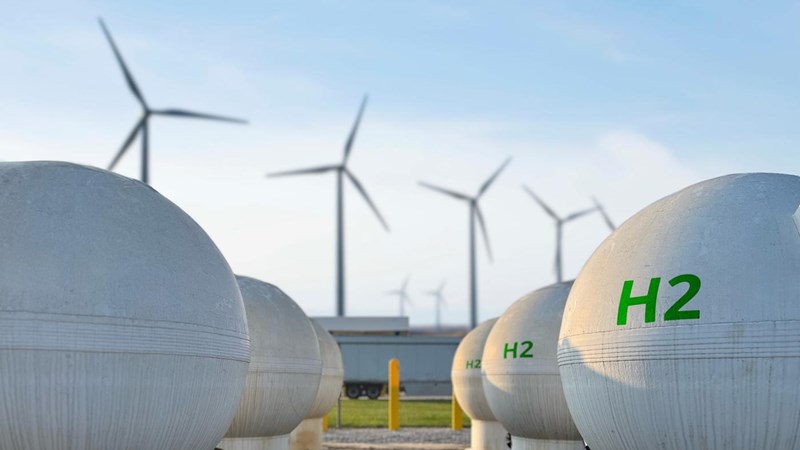
How Lens Power & Renewables can help
Lens Power & Renewables offers a complete data analytics solution to strengthen power market investment strategies for the energy transition. It connects regional power market fundamentals and renewable technologies, including solar, wind and energy storage data and insights, in an easy-to-use, unified platform.
Secure access to a depth of authoritative information and insight. Only by leveraging the highest quality data and insights covering every stage of the value chain is it possible to understand the complex and interconnected dynamics of global energy and materials markets.
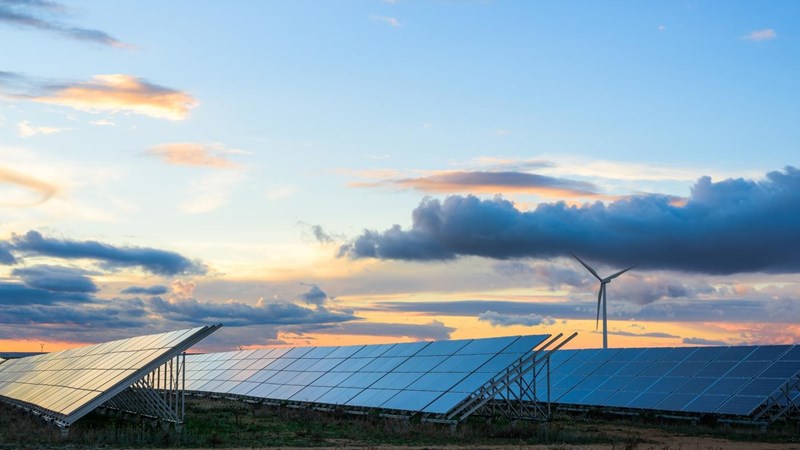
Key features of Lens Power & Renewables
Screening and benchmarking
Screening and benchmarking
Screen and benchmark companies, portfolios and power generation assets in every market. Wood Mackenzie is the leading provider of power price curves, with trusted forecasts out to 2050.
Investigate power market dynamics
Investigate power market dynamics
Investigate power market dynamics of supply, demand and LCOE for all markets and technologies.
Benchmark corporate asset portfolios
Benchmark corporate asset portfolios
Benchmark corporate asset portfolios with full transparency into the development pipeline.
Screen for development sites
Screen for development sites
Screen for development sites with unique geospatial layers and filters.
Powerful API service
Powerful API service
Powerful API service to seamlessly integrate Wood Mackenzie data into your own proprietary systems and BI tools, including Excel, Power BI, Spotfire and Tableau.
Validate portfolio strategies
Validate portfolio strategies
Minimise risk by validating portfolio strategies against Wood Mackenzie data and models.
Intuitive interface
Intuitive interface
Increase productivity and lower costs with immediate insights using an intuitive interface fit for all users.
Price forecasts
Price forecasts
Historic settled power prices, real-time, long-term zonal forecasts, and nodal price projections to create end-to-end analysis.
What sets Wood Mackenzie apart?
- Reliable, accurate cost trends: Lens delivers detailed, component-level pricing customised to your assets, empowering optimal strategy development, budgeting and ROI assessments.
- Demand and supply outlooks driven by bottom-up analytics: We model what is feasible, developing models that are interconnected to look at inflection points. In times of demand and supply uncertainty, our teams focus on fundamental drivers.
- Price curves that reflect the output of hundreds of analysts and thousands of hours of model simulations: Lens models look at the price impacts of policy and economics. Every assumption is defined and outlined, giving users confidence in our scenario outlooks to align with their business.
- Underpinned by Wood Mackenzie’s renowned expertise across the globe: Our industry analysts give you impactful perspectives on policy, demand, development opportunities, technology trends, market reforms, grid integration, supply chain constraints and risk – all with a view to evolving your power market investment strategies.
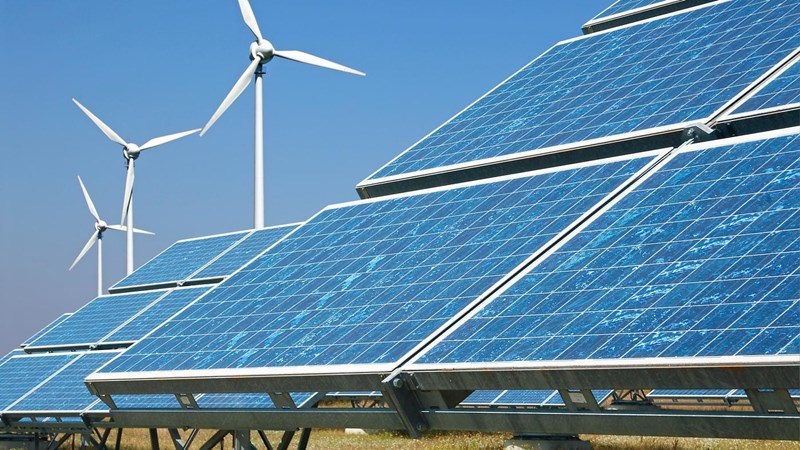
Unrivalled resources
Our team comprises over 2,000 specialists covering all areas of the energy supply chain
We are uniquely capable of delivering analysis across interconnected markets
Based in 30 global locations, we work in close partnership with energy producers, governments, financial institutions and utilities around the world





